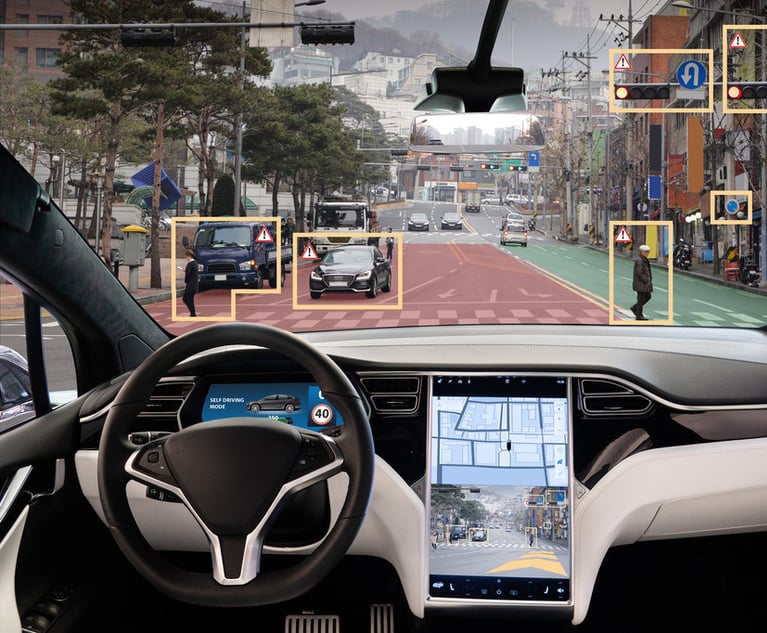 Waymo moves forward with its robotaxi service in L.A., with a waitlist 50,000 names long. (Credit: scharfsinn86/Adobe Stock)
Waymo moves forward with its robotaxi service in L.A., with a waitlist 50,000 names long. (Credit: scharfsinn86/Adobe Stock)
Automating tasks has revolutionized many industries, from grocery stores to banking, but citizens in Los Angeles are questioning whether it's worth the risks to automate cars. Waymo, owned by Google's parent company, Alphabet, is launching 50 autonomous vehicles in L.A. after having tested the robotaxis in various neighborhoods for more than a year.
Recommended For You
Want to continue reading?
Become a Free PropertyCasualty360 Digital Reader
Your access to unlimited PropertyCasualty360 content isn’t changing.
Once you are an ALM digital member, you’ll receive:
- Breaking insurance news and analysis, on-site and via our newsletters and custom alerts
- Weekly Insurance Speak podcast featuring exclusive interviews with industry leaders
- Educational webcasts, white papers, and ebooks from industry thought leaders
- Critical converage of the employee benefits and financial advisory markets on our other ALM sites, BenefitsPRO and ThinkAdvisor
Already have an account? Sign In Now
© Touchpoint Markets, All Rights Reserved. Request academic re-use from www.copyright.com. All other uses, submit a request to [email protected]. For more inforrmation visit Asset & Logo Licensing.







